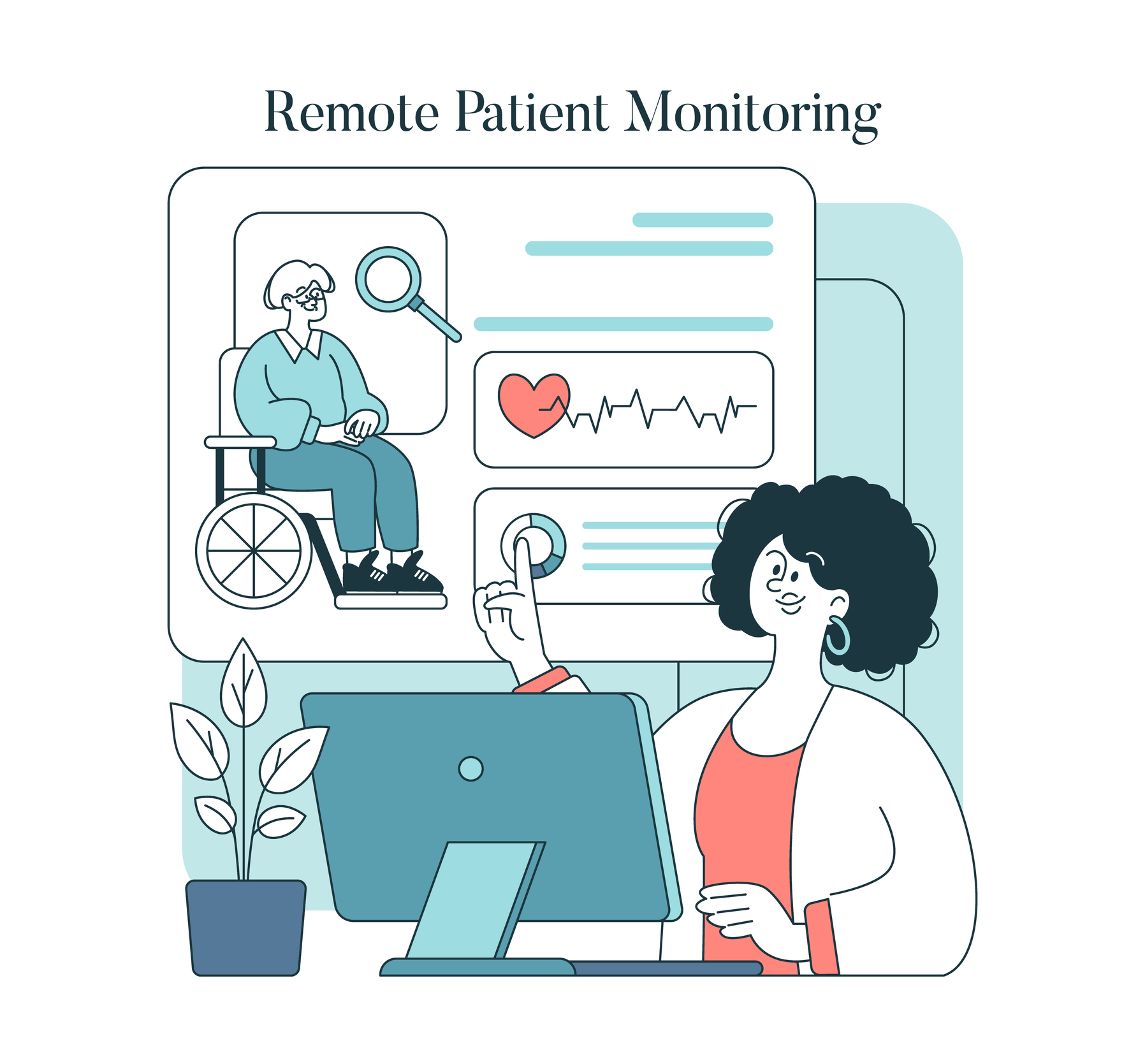Selecting from the best remote patient monitoring platforms on the market may seem like a challenge. For value-based care organizations, there’s the added pressure to make sure that an RPM solution not only improves patient outcomes, but also helps control costs. With a focus on proactive care and prevention, the right RPM solution will ideally offer real-time data tracking, better patient engagement, and seamless integration with existing medical software — all of which lets your team assist more patients while also generating revenue. Understanding the key factors that differentiate RPM platforms will allow you to decide which one is the right fit for your organization.
Key Features to Look for in RPM Platforms
EHR Integration
Plenty of healthcare solutions aren’t compatible with in-house software. An ideal RPM system should be, especially when you consider how much data it will be recording. That information needs to be able to synchronize with your electronic health records for continuity of care.
Real-Time Data and Predictive Analytics
By continuously sharing patient vitals, RPM lets nurses evaluate patient symptoms and identify early warning signs of complications before they escalate. Nurses can then intervene by notifying patients about those changes, as well as coordinate care with their providers.
Patient Engagement Tools
Platforms that offer user-friendly apps and automated alerts are more likely to encourage patients to follow both an RPM program and their treatment plans.
Scalability and Customization
Value-based care organizations will likely need an RPM solution that can scale across multiple patient populations and support different conditions, all while minimizing adjustments or disruptions to their normal services.
Compliance and Security
With more digital technology becoming connected through the internet, the greater cybersecurity it requires to maintain patient confidentiality and HIPAA compliance. An ideal RPM program will operate on a private cloud, encrypt its data, and meet medical industry standards.
Industry Evidence Supporting RPM’s Value
A study shared by NIH notes how RPM offers a “scalable solution for chronic disease management,” and provides statistics on how much a program was shown to reduce the number of hospitalizations, emergency room visits, and hospital length of stay (LOS).
This saves revenue for value-based care in two ways: first, by reducing the overhead required for these hospitalizations, readmissions, and ER visits; and second, by generating reimbursements from CMS.
Comparing RPM Platform Options
Different RPM platforms offer varying levels of functionality, which can influence how well they benefit your team. Some platforms focus on remote monitoring for specific conditions, while others provide comprehensive solutions that integrate with multiple care pathways.
- Turnkey RPM solutions come with pre-configured devices, patient engagement features, and automated alerts, making them ideal for organizations looking for an easy implementation process.
- Customizable RPM platforms offer greater flexibility for organizations to tailor their monitoring parameters and integrate with existing healthcare IT systems.
- AI-enabled RPM solutions leverage machine learning to provide highly predictive analytics and risk management services to help prioritize patients.
How RemotePatientPro™ Stands Out
RPP offers a best-in-class remote patient monitoring platform designed for value-based care organizations.
Our turnkey solution:
- Integrates fully with EHRs to streamline workflows and improve provider efficiency.
- Offers predictive analytics to detect early warning signs and prevent hospitalizations.
- Scales to meet your patient population.
- Encourages patients to engage with their health and treatment.
- Generates measurable ROI for your practice.
The Future of RPM in Value-Based Care
As the best remote patient monitoring platforms continue to evolve, value-based care organizations must invest in those that enhance patient outcomes while optimizing costs. By selecting the right RPM solution, healthcare leaders can improve patient engagement, reduce readmissions, and align with the broader goals of preventive, data-driven care.
Contact us to learn more about our RPM solution.


